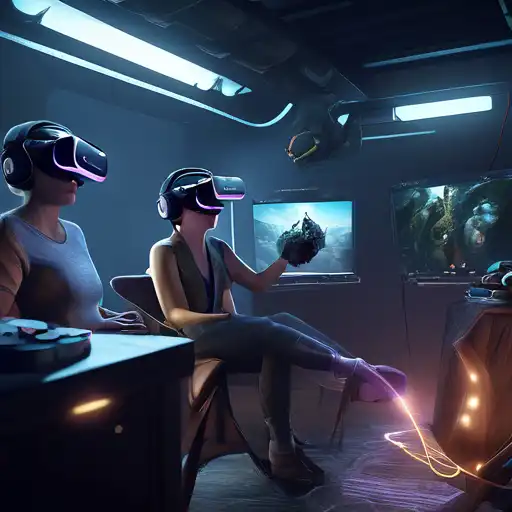Introduction to Virtual Reality
Virtual Reality (VR) has transformed the way we interact with digital content, offering immersive experiences that were once the stuff of science fiction. From gaming to education, VR is making waves across industries. This guide will walk you through the essentials of creating captivating VR experiences that engage and astonish users.
Understanding the Basics of VR
Before diving into VR development, it's crucial to grasp the foundational elements that make virtual reality so compelling. VR relies on a combination of hardware and software to simulate a three-dimensional environment that users can interact with in a seemingly real or physical way.
Choosing the Right Tools and Platforms
Selecting the appropriate development tools is a critical step in crafting immersive VR experiences. Popular platforms like Unity and Unreal Engine offer robust support for VR development, providing developers with the resources needed to bring their visions to life.
- Unity: Known for its versatility and ease of use, Unity is a favorite among VR developers.
- Unreal Engine: Offers high-fidelity graphics, making it ideal for creating visually stunning VR experiences.
Designing for Immersion
Creating an immersive VR experience goes beyond just technical execution; it requires thoughtful design. Consider the user's perspective, ensuring that the environment is intuitive and the interactions feel natural. Pay attention to details like sound design and haptic feedback to enhance the sense of presence.
Optimizing Performance
VR applications demand high performance to maintain immersion and prevent motion sickness. Optimizing your VR experience involves careful consideration of frame rates, rendering techniques, and asset management to ensure smooth and comfortable user experiences.
Testing and Iteration
Testing is an indispensable part of VR development. Gather feedback from users to identify areas for improvement and iterate on your design. This process helps refine the experience, making it more engaging and enjoyable for your audience.
Future Trends in VR
The VR landscape is continually evolving, with advancements in technology opening up new possibilities for immersive experiences. Staying informed about trends like augmented reality (AR) integration and social VR can inspire innovative projects that push the boundaries of what's possible.
Creating immersive VR experiences is a challenging yet rewarding endeavor. By understanding the basics, choosing the right tools, and focusing on design and performance, you can craft virtual worlds that captivate and inspire. For more insights into VR development, explore our VR development resources.
